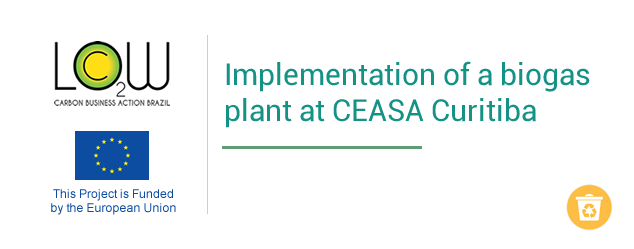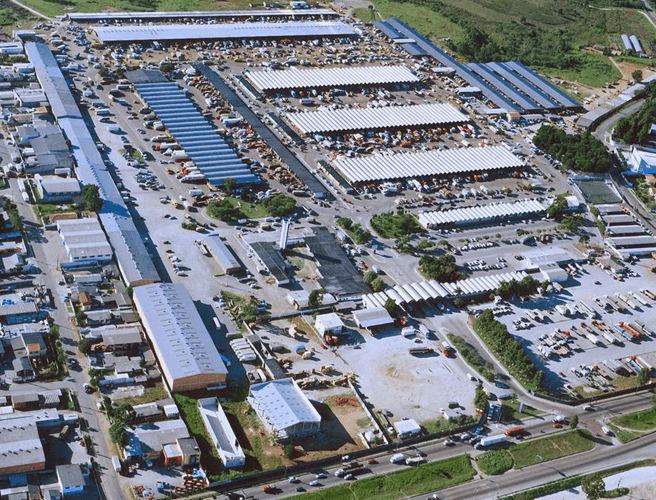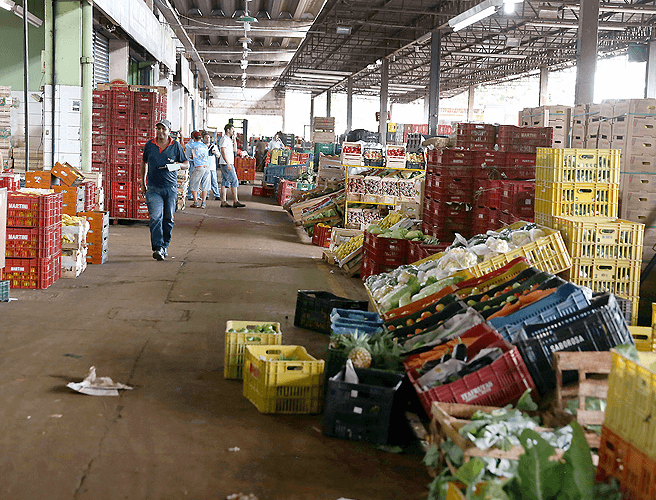


The project that will be implemented by Planet Biogas Global GmbH and Instituto Lixo e Cidadania - ILIX and the main objective of this project is the renewable energy production from organic waste and the job insurance of several Catadores (waste pickers) by installing a biogas plant in the Centre for Collection and Distribution of Vegetables and Fruits (in Portuguese it is abbreviated as CEASA - Centro de Abastecimento e Logística de Produtos da Hortifruticultura) located in Curitiba, Paraná State.
According to the Brazilian National Solid Waste Policy, CEASA has already to pay, up to the moment, a fee of around 22.5 million euros (90 Million BRL) for its poor waste management. In this case, this money can be handled and addressed to the construction and installation of the biogas plant. Thereby, the Catadores would have their jobs ensured by contributing to the collection and management of the organic waste that will feed the plant in CEASA.



The Instituto do Lixo e Cidadania (ILIX) and PlanET Biogas Global, are looking for means to implement this project, considering that the previous and general analysis of the organic waste generated in CEASA Curitiba showed a large potential for energy production. Monthly, CEASA generates around 3.000.000 kg of organic waste comprising mainly of vegetables and fruits, which are rotting and not corresponding to the market quality anymore. This has a potential for 100% renewable energy production and distribution in a circular economy of the region. Nevertheless, in order to make the project implementation feasible we strongly need the corresponding technical support, which will provide accurate figures to be used to strengthen CEASA’s decision in investing in a highly profitable biogas plant for its own benefit and to ensure the job of many Catadores who rely on that to survive.

The amount of organic waste accumulated in CEASA Curitiba could produce daily approximately 5 350 m³ biogas, which could be further converted for instance in 11 450 kWh of electricity or 2 840 m³ of biomethane as biofuel. Besides that, the heat produced (about 11 400 kWh) by two combined heat and power (CHP) units (each with an electrical installed capacity of 250 kW) could be used for industrial applications. Furthermore, around 90 m³ of generated digestate after the biogas process could be used as a well-balanced liquid fertilizer.